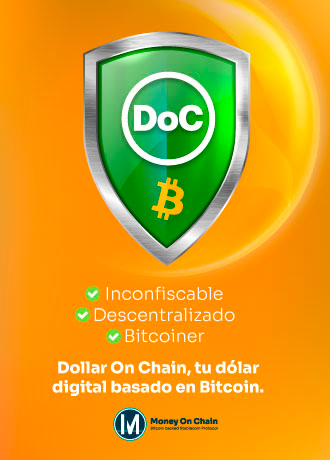La batalla por el futuro de Stargate Finance se intensifica. La Wormhole Foundation (WF) entró oficialmente en la carrera para adquirir el protocolo, cuestionando la reciente oferta de LayerZero, que había propuesto una compra de 110 millones de dólares. El anuncio, realizado el pasado 20 de agosto, abre un debate en torno al verdadero valor de Stargate y expone la creciente rivalidad entre los actores que buscan liderar el sector de las soluciones de interoperabilidad blockchain.
La oferta de LayerZero y su recepción
LayerZero Foundation anunció el 10 de agosto una propuesta de adquisición por todos los tokens STG en circulación, ofreciendo 0,1675 dólares por unidad mediante un canje por tokens ZRO. La operación, sin embargo, está sujeta a la aprobación de la comunidad de Stargate, que debe votar a través de su sistema de gobernanza con un umbral del 70% de aceptación y un quórum de 1,2 millones de veSTG tokens.
El planteamiento inicial generó escepticismo entre los holders, especialmente porque varios señalaron que el precio no reflejaba el valor intrínseco del protocolo. Incluso después de que LayerZero ajustara la propuesta para incluir beneficios adicionales para los stakers bloqueados de veSTG —con seis meses de distribución de ingresos—, las críticas persistieron.
La contraoferta de Wormhole Foundation
En respuesta, Wormhole Foundation se posicionó públicamente contra la oferta de LayerZero, afirmando que infravalora de manera significativa a Stargate. Para respaldar su postura, la organización destacó que el protocolo mantiene más de 92 millones de dólares en activos de tesorería, de los cuales 76 millones corresponden a stablecoins y 16 millones a Ethereum. Además, subrayó que el rendimiento reciente del proyecto ha sido excepcional, con más de 4.000 millones de dólares en volumen puenteado solo en julio de 2025, lo que representa un crecimiento interanual de 10x.
Con un total de 348 millones en valor bloqueado (TVL) y operaciones en más de 80 cadenas, Wormhole sostiene que Stargate cuenta con fundamentos sólidos que justifican una oferta sustancialmente más alta.
Visiones enfrentadas: consolidación vs. expansión colaborativa
LayerZero defiende su propuesta alegando que busca consolidar el ecosistema y eliminar duplicidades entre protocolos potencialmente competidores. Según la fundación, una integración total permitiría canalizar los ingresos de Stargate hacia recompras de tokens ZRO, además de expandir su mandato más allá de los servicios de bridging tradicionales.
Por su parte, Wormhole plantea una visión diferente: unir la infraestructura de pools de liquidez de Stargate con la red de integraciones de su propio ecosistema. Este modelo, aseguran, generaría “mayores volúmenes, ingresos más robustos y mayor fidelización de usuarios”, beneficiando tanto a los poseedores de STG como a los de su token nativo W.
Implicaciones para la gobernanza y el mercado
La disputa no es únicamente financiera, también representa un pulso político dentro de la gobernanza de protocolos descentralizados. Si LayerZero obtiene el control, Stargate quedaría absorbido en una estrategia centralizada bajo un solo actor dominante. Si Wormhole logra influir en el proceso, podría abrirse una etapa de competencia más equilibrada entre plataformas de interoperabilidad, con múltiples actores disputando cuota de mercado.
La gobernanza comunitaria será clave. El desenlace dependerá de la movilización de los holders y de la percepción general sobre qué propuesta ofrece mayor valor a largo plazo. En paralelo, esta pugna refleja cómo los bridges cross-chain han pasado de ser herramientas técnicas de nicho a convertirse en infraestructuras estratégicas que concentran enormes flujos de capital y atención del mercado.
Lo que está en juego
Más allá de Stargate, este episodio puede sentar un precedente en el sector DeFi: los protocolos con tesorerías significativas y fuerte adopción están emergiendo como objetivos de consolidación, atrayendo tanto a jugadores establecidos como a competidores directos.
La pregunta clave es si Stargate será absorbido como un engranaje dentro de LayerZero o si, bajo la tutela de Wormhole, se convertirá en la pieza central de una estrategia expansiva más colaborativa. Lo cierto es que el resultado marcará el rumbo no solo de Stargate, sino del ecosistema de interoperabilidad blockchain en su conjunto.





